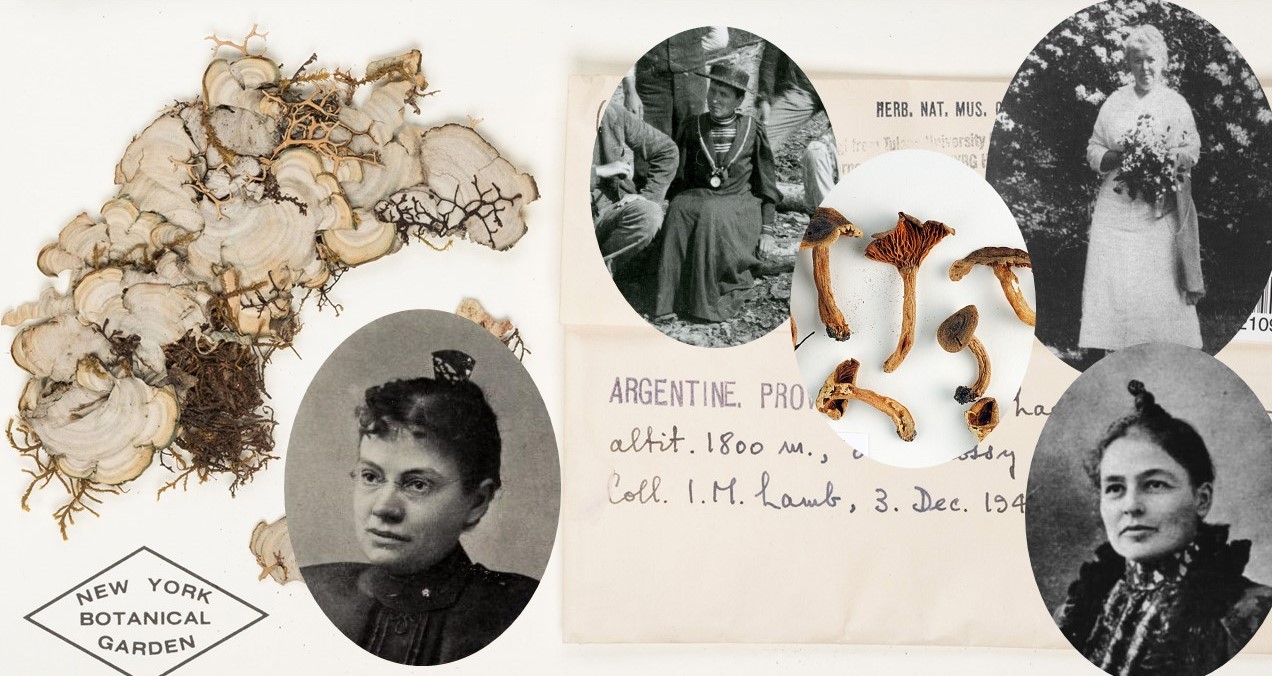By Amanda M. Chandler, Greer Lowenstein
Mar 10 2022
As scientific perspectives of the Enlightenment movement fostered enthusiasm surrounding the acquisition and classification of nature, amateur naturalists took to the field in learning to name and categorize the organisms around them (Shtier 1997). With the introduction and widespread acceptance of Linnaeus’s nomenclatural system and simplification of flower classification according to reproductive parts, botany was brought into prominence, particularly for women of the era. The study of plants became a field dominated by women who were interested in scientific endeavors, as botany was seen to have more “culturally sanctioned access” than the other sciences (Shtier 1997). Yet, as naturalists attempted to paint botany in a defeminized light with the underlying rationale that it would only then be perceived as a legitimate science, the women who pioneered the field began to be pushed out. While men carried out more technical studies and found prominence in the public eye, women practiced at home with each other as their skills became characterized as recreational activities and knowledge to pass on to their children, rather than a profession to be taken seriously (Shtier 1997). Despite countless exclusionary attempts, women botanists carried on with their passions to pave the way for modern plant scientists of all identities. There are undeniably many underrepresented groups throughout history who have been shrouded by the exclusionary paradigms of colonialism. Here we invite you to explore some collections from six women who are recognized as making significant contributions to our current understanding and appreciation of cryptogamic botany.

